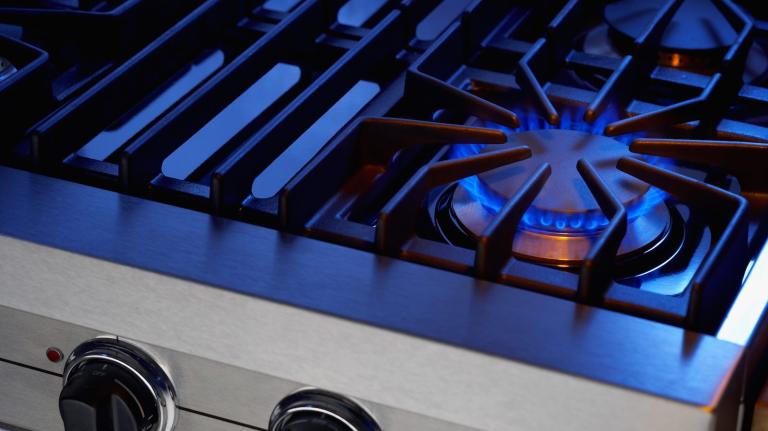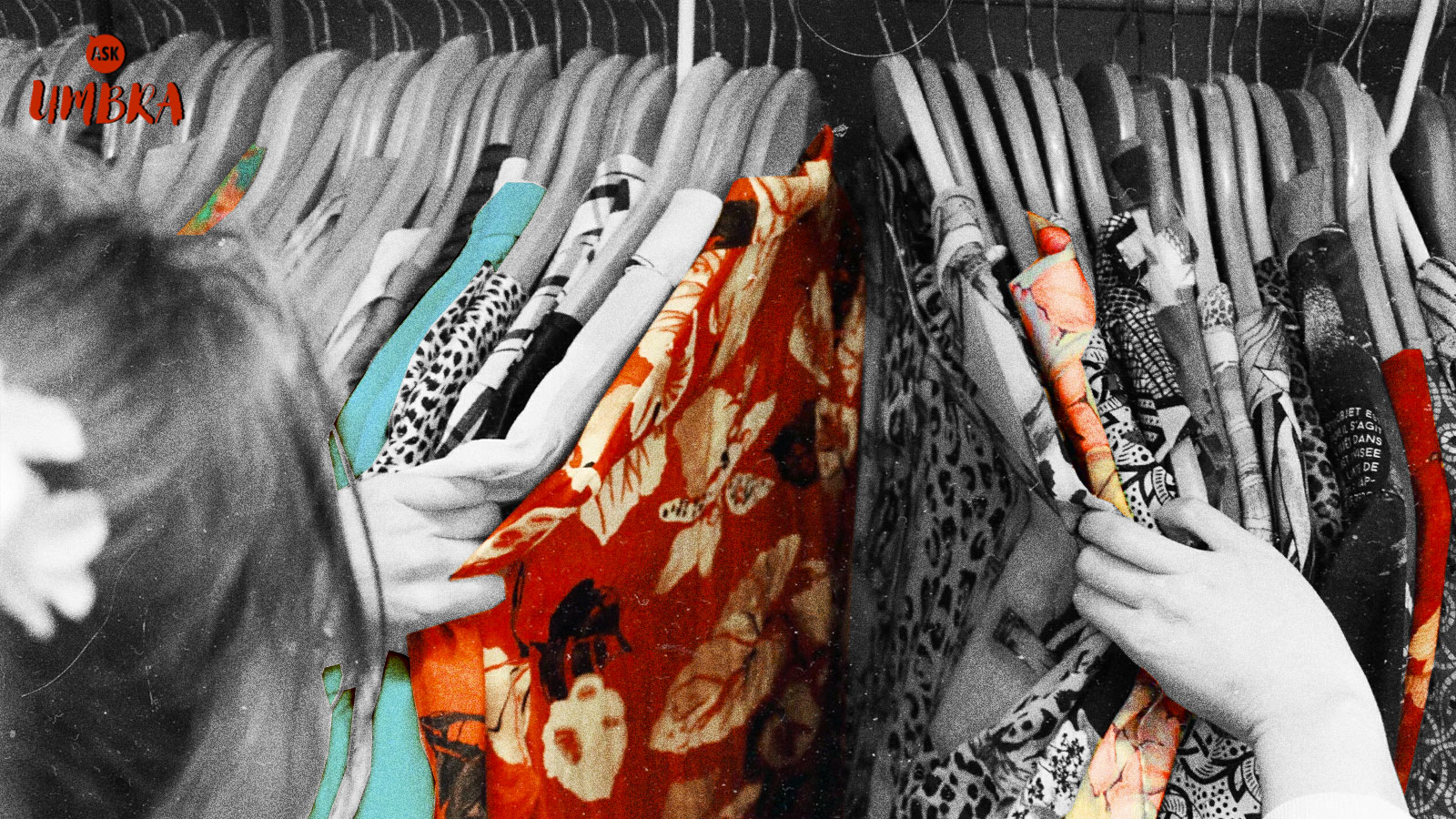This post has been updated.
Q.Dear Umbra,
I figure I might as well clean out my closet since I’m spending so much time at home. What’s the most climate-conscious way to deal with spring cleaning since so many donation centers are closed during the pandemic?
— Trying Out Radical Neatness
A. Dear TORN,
You’re hardly alone! Being trapped at home means many people are feeling inspired to try to make their abodes as pleasant a place to be as possible. Not only are gardens and pantries receiving renewed attention, waste collectors across the nation have noted a marked increase in trash from households as people are spending much more government-mandated time at home. It’s speculated that at least some of that increase is coming from cabin-feverish spring cleaning.
The urge to do a coronavirus deep clean is understandable: Clutter is stressful, at least according to Japanese decluttering empress Marie Kondo. Each neglected item is a relic of a past, unwise decision, its objectionable presence the physical embodiment of a to-do item waiting to be ticked off. The Konmari method of decluttering, which became overwhelmingly popular about a year back, turned spring cleaning into an in-depth examination of what one’s life should look like. If this object is not in a specified place, where does it go? What purpose does it serve? How does it factor into my life? What is my life? That existential line of thinking is understandably a little daunting, at the moment.
Americans seem to be grappling with a sort of cultural whiplash with regard to stuff ownership. Our culture is arguably built on the possession of objects and property; that value system has given birth, Alien-style, to a consumerist ethic that associates success and happiness with being able to buy whatever you want, no matter how momentary or fleeting that desire, without thinking about it very much.
Even before the coronavirus forced us indoors, there was a surge of interest in the minimalist movement, a wave on which Ms. Kondo and her philosophy were able to ride on a tiny teak-and-pastel artisanal surfboard. The key to happiness, actually, is getting rid of all your stuff. Be light. Have only what you need and what brings you joy.
And yet not all stuff weighs on us the same way in light of the pandemic. Fears over COVID-19 have brought about a hoarding mentality for many items: Toilet paper is a precious commodity, sweatpants are on backorder across the internet, and bags of flour are flying off grocery store shelves in 25- and 50-pound allotments. The resulting consumerist contradiction is dizzying.
Many thousands of words have been written on the inherent privilege that comes with either the consumerist or minimalist approaches — the purchasing power to both own lots of stuff and the economic comfort to be able to get rid of it — so I won’t add more to that pile. Your situation, right now, is that you are spending a lot of time at home and you’re trying to make it a nicer place to be, and piles of old T-shirts and sweaters you’ve been ignoring for months or years and stashing in various corners of your bedroom are not nice.
Taking a pro-climate approach to decluttering is challenging in the best of times. Much of what we try to donate or recycle ultimately ends up in a landfill because it turns out many of us are very bad at knowing what can and can’t be reused. And things are that much harder now that many secondhand stores have had to close their doors due to the pandemic. Waste collectors are also attempting to reorient to a whole new reality: limiting workers’ exposure to coronavirus, a major shift from commercial to residential collection, and in many municipalities, cuts to services like curbside recycling and compost. It’s the perfect storm of factors to make getting rid of unnecessary stuff even more complicated!
But even in mass lockdown, there are still some options to try to get your things into the secondhand market. Several branches of both Goodwill and the Salvation Army are still accepting donations, but that varies locally. Most of the textile recycling business USAgain’s TreeMachines — which accept clothing, shoes, and other textiles for reuse or recycling — are open. Online consignment and resale sites, like thredUP, Poshmark, and the RealReal (for more upscale things) are continuing to accept pre-worn clothes.
The easiest solution to keep things out of the landfill, of course, would be to just sit on everything you’d like to discard until thrift stores and donation centers fully reopen their doors. If you are fortunate enough to have a garage or a storage unit or a spare room of some sort — if I had the luxury of a garage to go into right now it would feel like vacation — then just box up all your unwanted garments and keep them in a dry, out-of-sight place for a few weeks or months.
“Once stores reopen, with so many people struggling to make ends meet, the need for good affordable clothing will be higher than ever,” said Rasham Grewal, a spokesperson for USAgain.
But as I’ve argued before, the most eco-friendly use of your clothing is to extend its life as much as possible. You’ve got time on your hands, and I, not surprisingly, have a system for you to try. Start by taking a brutal, Kondo-lensed eye to your wardrobe. Remove everything that, yes, makes you scowl or groan or kind of sigh with disappointment.
But then, you’re going to separate all those discards into the following categories:
- Not-so-bad: You can imagine a world in which, with a little mending or tailoring, this garment could work for you again.
- For a friend: You know your friend has wanted this item, or you can imagine it being worn far better by them. To be corona-safe, you can wash these clothes, wrap them in clean reusable bags, and drop them off at your friend’s homes like an Easter bunny of old clothes — yay!!
- Functional fabrics: You like the material but can’t see these items being used in their current form. The good news is you can make anything into cloth napkins or handkerchiefs or — to be truly of the times — into face masks, which are not expected to go out of fashion anytime in the next year or so. (If you’ve never sewn before, you can practice on the items you feel most inclined to give up on; then move up to a napkin project, a mask, a patch, and then maybe even a hemming or waistband replacement. Seamwork is a great resource.
- None of the above: You give up. These may include items that are stained, full of holes, or at the end of their functional lives. Set them aside for textile recycling “retirement” — maybe not today, maybe not tomorrow, but maybe in a couple of months. It will come in handy.
The world is a very unpredictable, unfamiliar place right now. Making the most of what you have is incredibly satisfying in a homestead-y way — and beyond that, it’s the most responsible thing to do when any unnecessary burden on retailers is a little morally questionable. At the risk of sounding saccharine, there’s no better moment to really appreciate what you have.
Maximally,
Umbra
CORRECTION: This post has been updated to reflect that USAgain is a for-profit organization.



